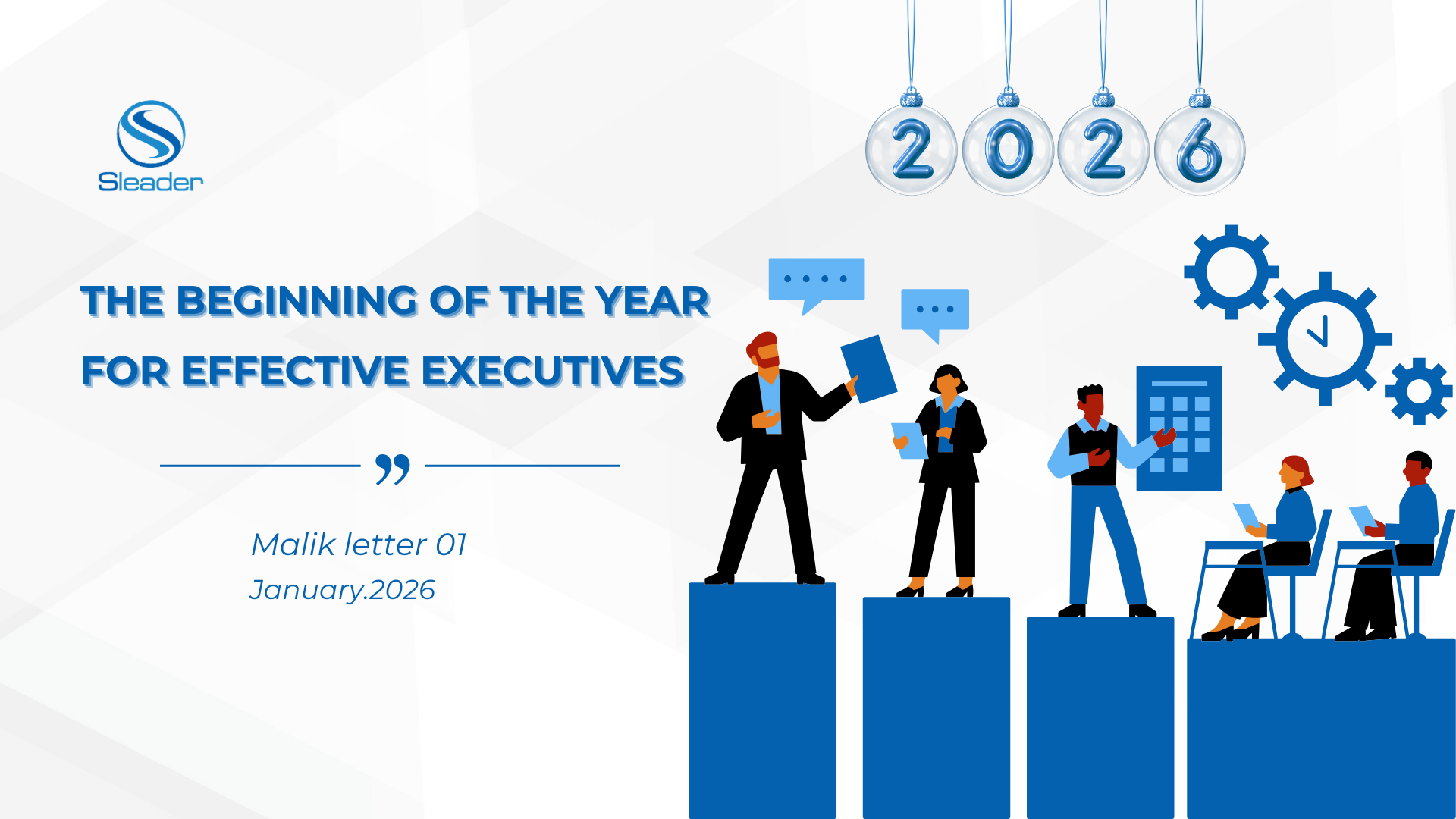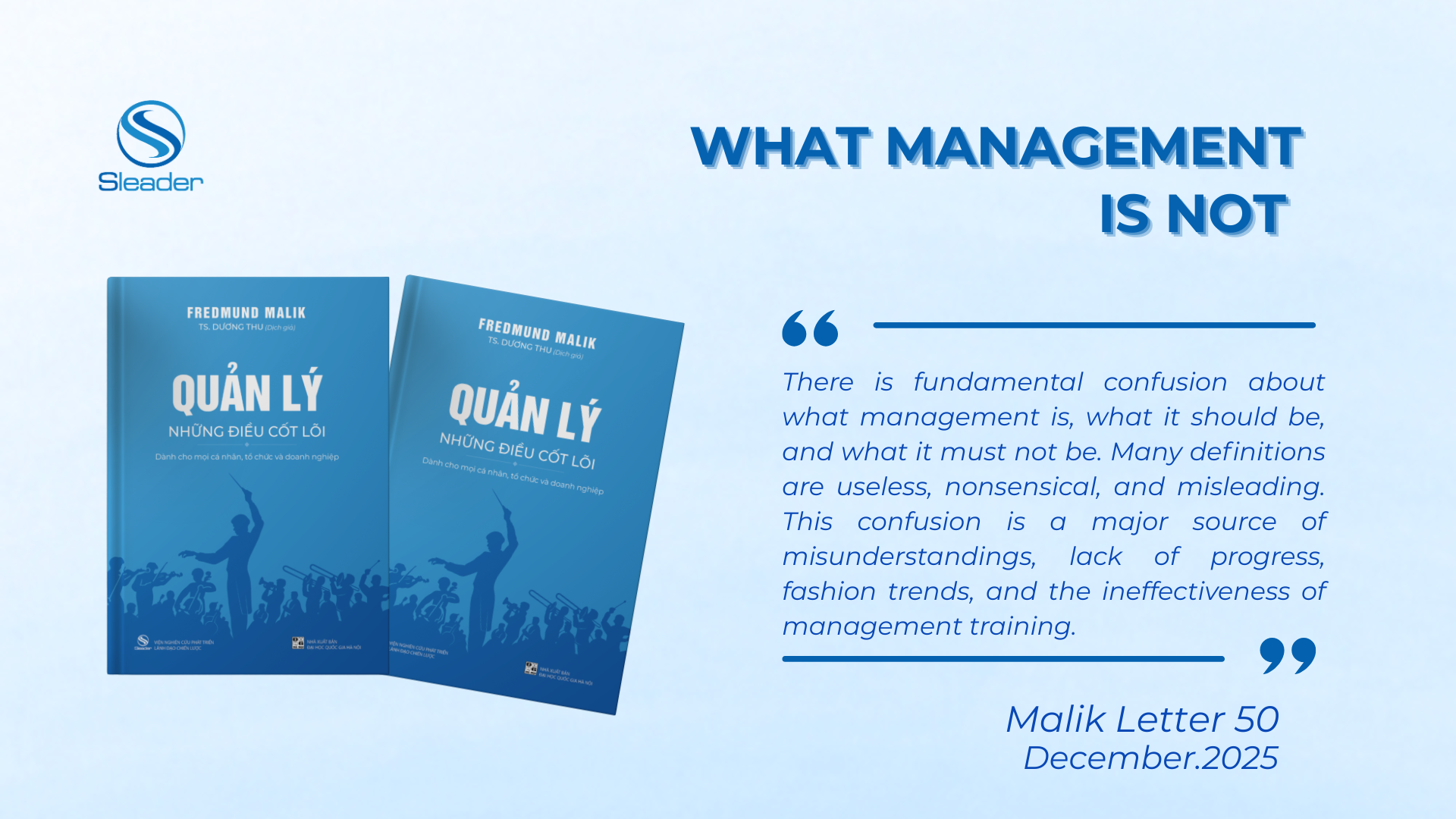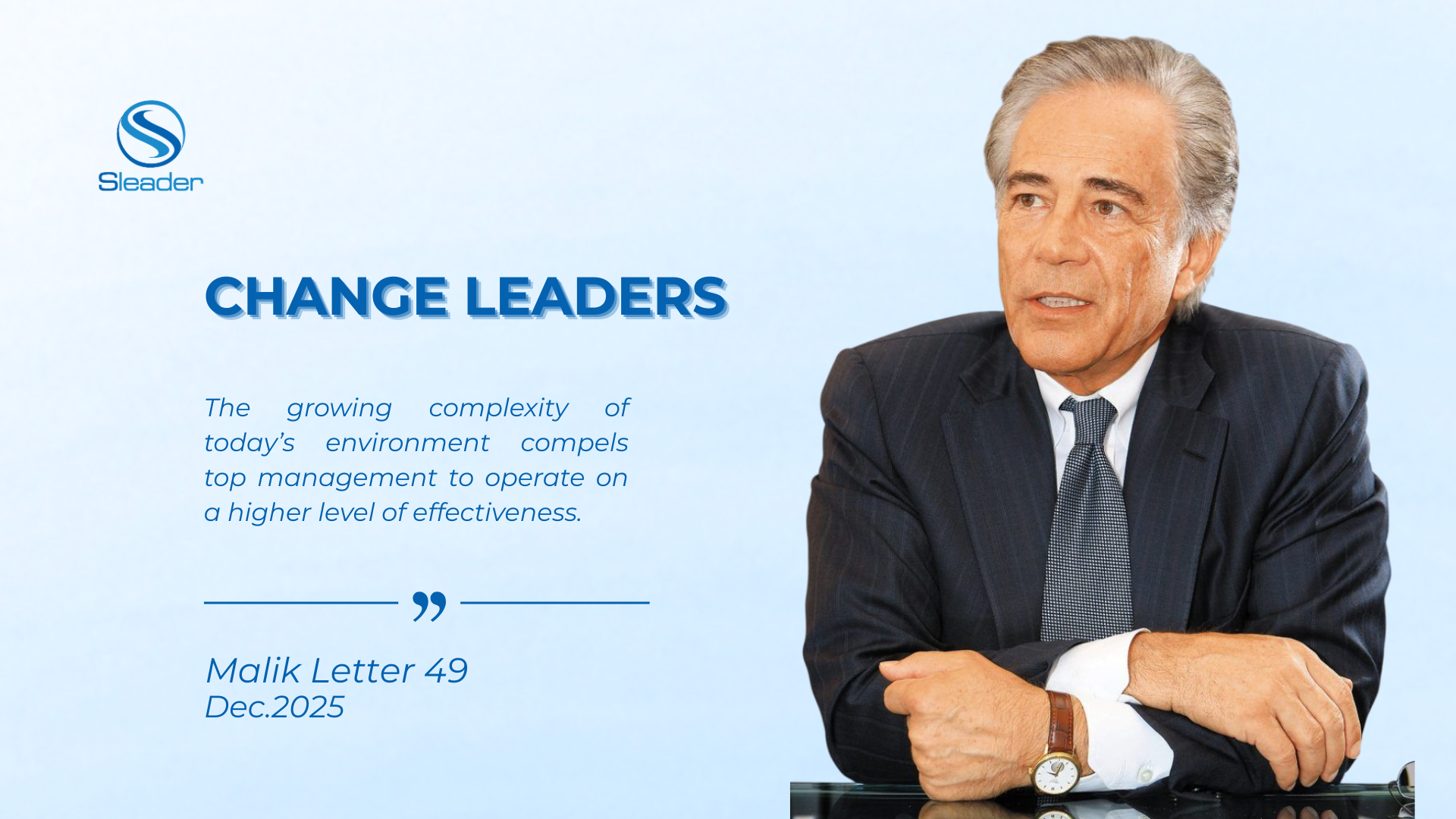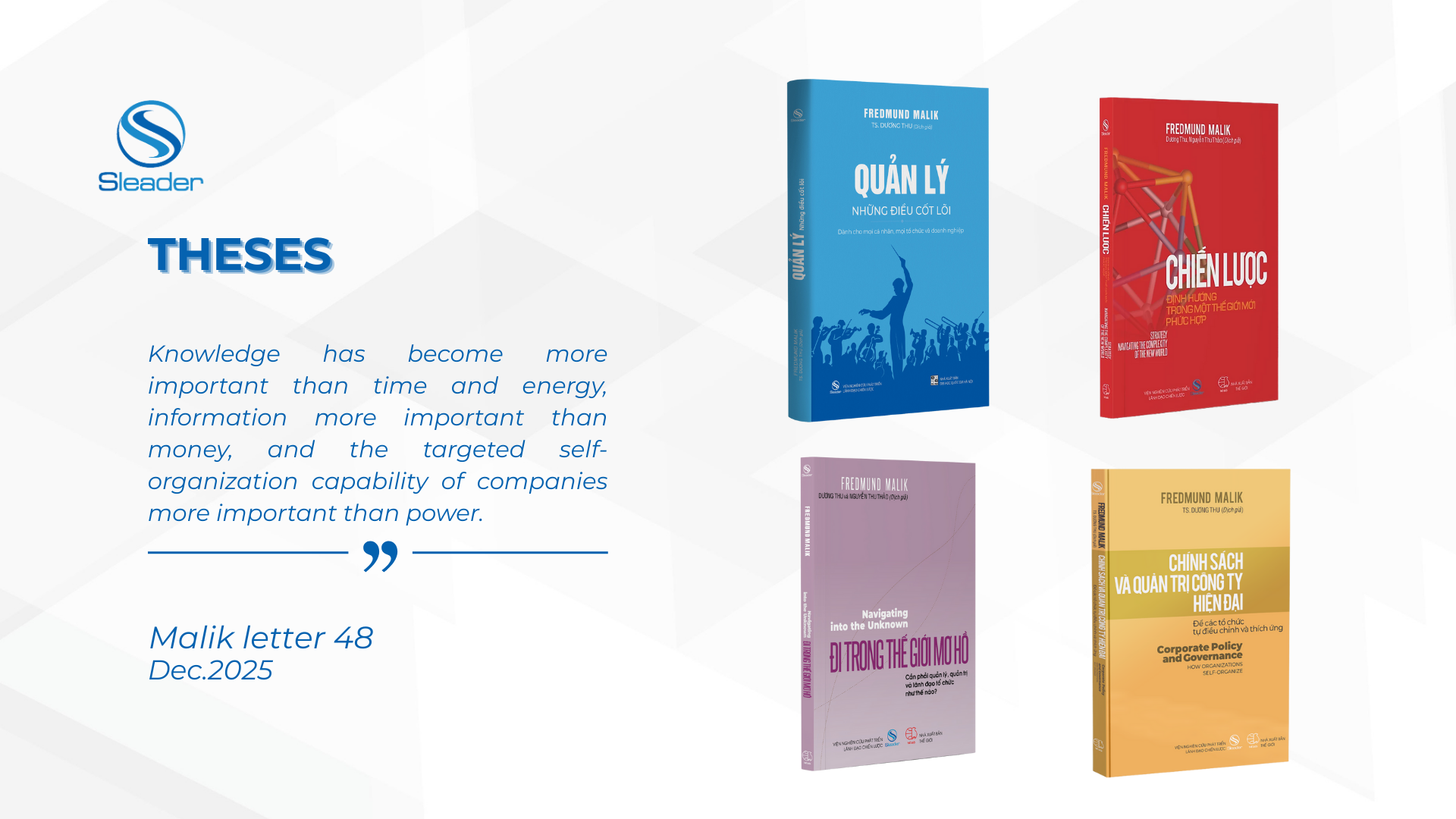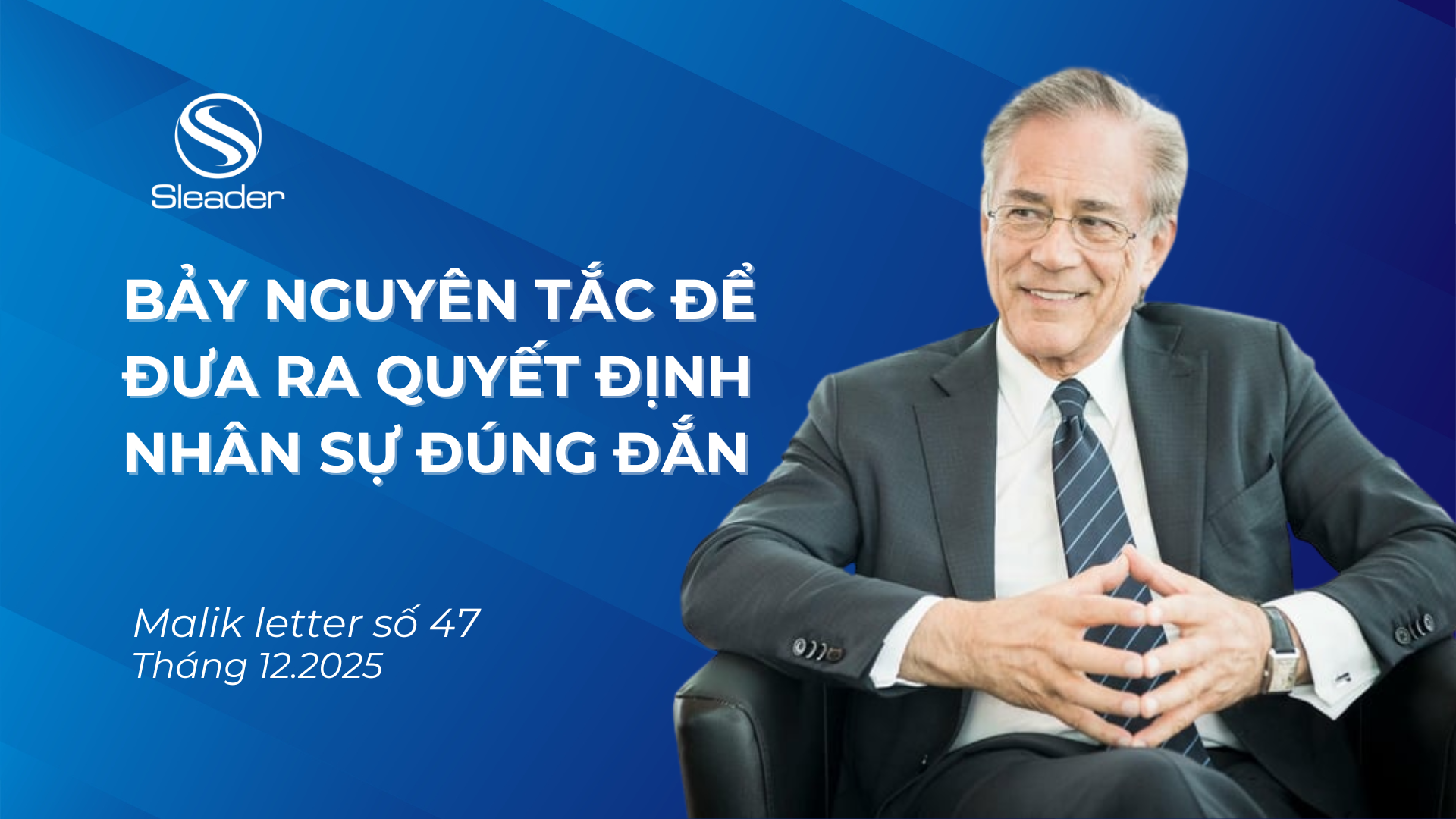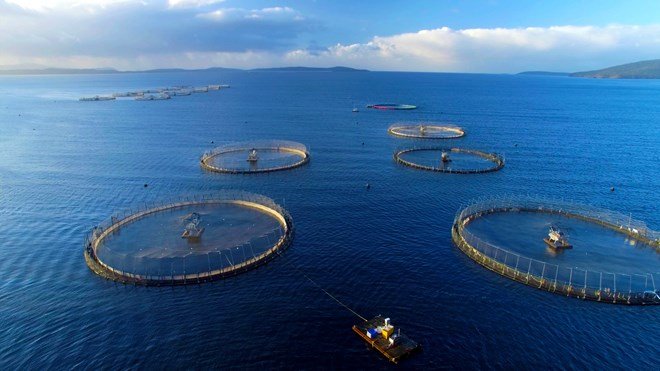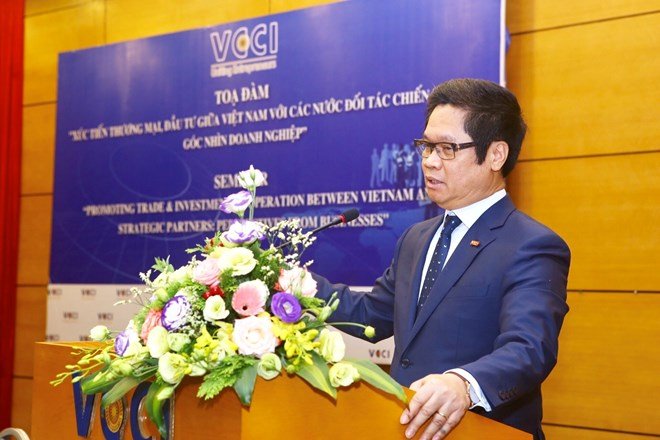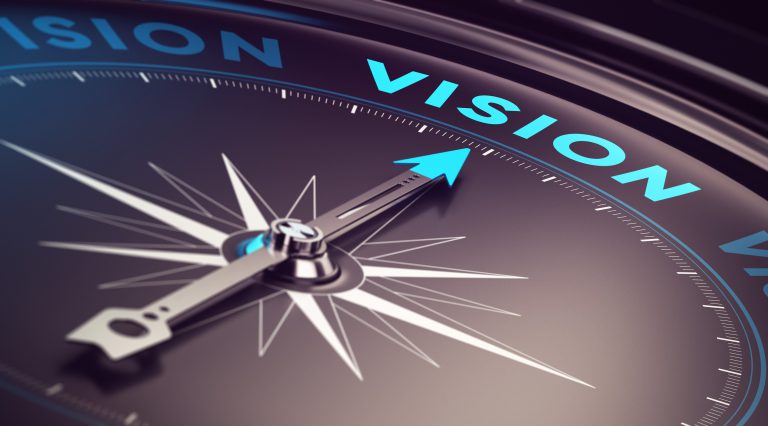
From vision to strategy and policy
Defining a vision is difficult for every organization, but it is much more difficult to formulate the right strategy and policy to realize the vision. Below, the experts of the Institute of Strategic Leadership (SLEADER) provide a practical perspective on the connection between vision and strategy, between strategy and policy. This connection is a consistent chain of decisions and also a great challenge for leaders.
Vision – a clear picture of the future to look forward to
The first thing the leaders need to do to get the organization on the right track is to define the vision, or in other words, establish the image of the organization in the future. Vision answers the question: Where do we want to go and what will we be like in 5, 10 years or beyond? The vision represents the great desires and aspirations of the leader. The future outlook must inspire, aspire and challenge subordinates. Not only that, the vision needs to be clearly shown so that everyone in the organization can understand and have a strong belief in it.
For example, the leader of Singapore, the late Prime Minister Lee Kuan Yew gave a vision for Singapore since its founding (1965), that is: to become a country in the first world. Mr. Ly Kuan Yew\’s aspiration was to bring Singapore, at that time in the third world (developing), into a country in the first world (developed). Therefore, later (1999), he named his memoir volume 2 as: From the Third World to the First.

Strategy – path and way to realize vision
After establishing a vision, a leader must have a wise strategy in order to achieve great visions with limited resources. This is the magic of strategy because it resolves the conflict between desires (which are very high) and resources (which are limited). Returning to the Singapore example, we can see that Mr. Lee Kuan Yew has found a wise strategy with the strategic goal of becoming a green, clean, beautiful island and the strategic solution is to reverse. differentiation). He expressed this strategy vividly and easily to understand, that in civilized countries people build parks in cities and Singapore will build cities in parks. Thanks to this innovative but unique strategy, Singapore annually attracts about 15 million international tourists to lion island and brings a huge source of revenue to the country, moreover, contributing to creating resources to thrive.
Policy – put strategy into action
Determining a vision and choosing a wise strategy does not guarantee success, because if there is no action in practice, both vision and strategy are just statements on paper or in records. store only. In order to encourage action oriented strategy, it is necessary to have a practical policy system, creating real motivation for those implementing the strategy.

For Singapore, Mr. Lee Kuan Yew has implemented policies that focus on creating the best conditions for civil servants to develop their personal capabilities and work wholeheartedly for common goals and visions. and the strategy outlined. The first thing Mr. Li did when he became prime minister was to install air-conditioners in all Singapore offices. This decision, he said, is seen as the key to ensuring the government is working effectively. Besides, he also introduced a policy of high salary payment for civil servants. In the context that Singapore\’s budget was not available due to new separation from the Federation of Malaysia, the standard of living of the people was very low, the air conditioner was very expensive and a luxury even for rich countries at that time, Making these policies shows that this is a breakthrough decision and requires the bravery of the leader.
Another policy that demonstrates the vision and assertiveness of Mr. Lee Kuan Yew is the bilingual policy. Although 80% of Singaporeans, including Mr. Ly are of Chinese descent, English has been chosen as the common language of the Republic of Singapore. This policy was met with opposition from the majority of the people at that time, especially the Chinese-speaking community, but Mr. Ly was determined to enforce it.
Stories about Singapore show that establishing a vision and finding a strategy is a difficult job for all organizations, but policy choices are much more arduous because it is related to benefits. direct benefits and habits of thought and action are deeply rooted in the past.
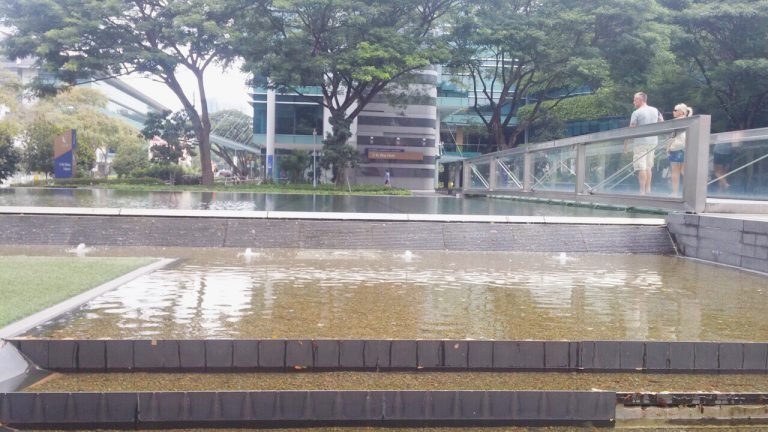
Maintain vision and strategy but be flexible in policy
In short, for vision, strategy and policy, leaders need something that is both flexible and tough. Please keep the aspirations and visions. Although the policy implementation process is not easy, do not let the changes of the environment be defeated. Vision must be a solid anchor to be able to hold everything that remains together.
The long-term strategy should be persistent and should not be changed. In the event of a change due to great changes in the internal and external environment, leaders need to carefully consider and change strategy only when an alternative is available. On the contrary, the policy must be flexible and change to adapt, if a certain policy is no longer effective, it is best to adjust and look for a new more suitable policy.
Source: INSTITUTE OF STRATEGY LEADERSHIP (SLEADER)

